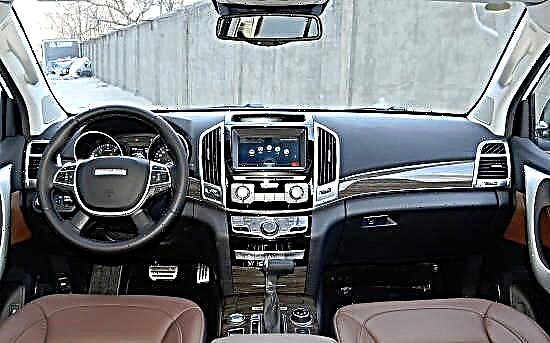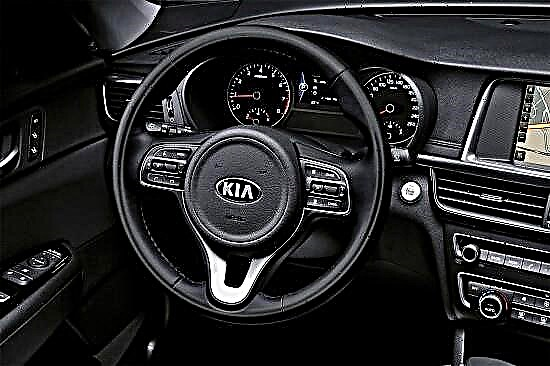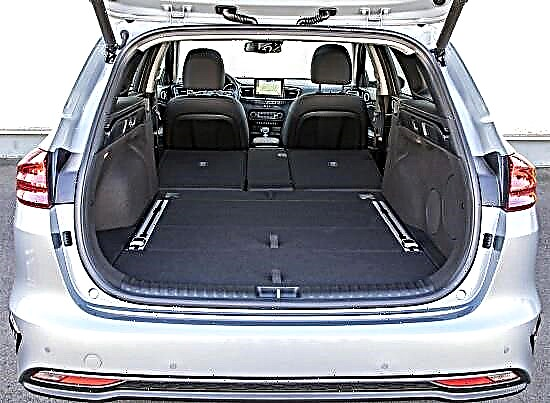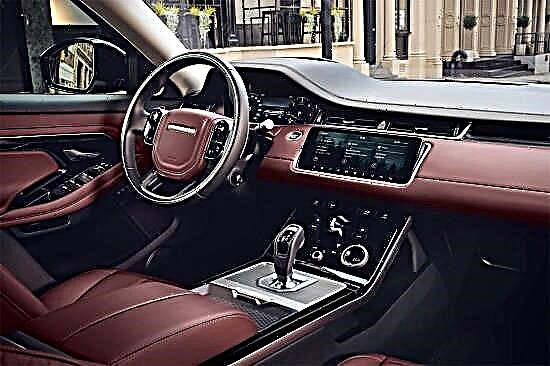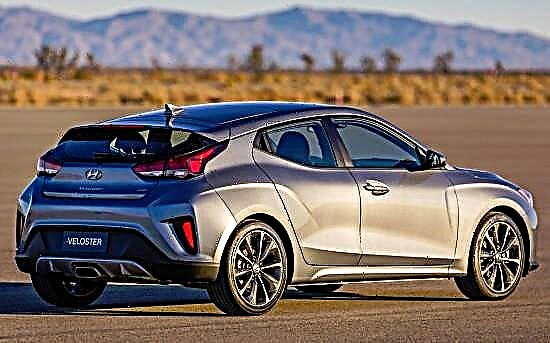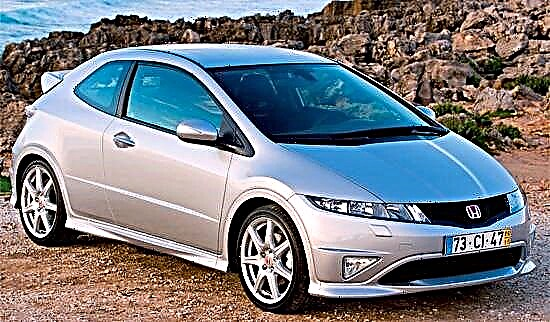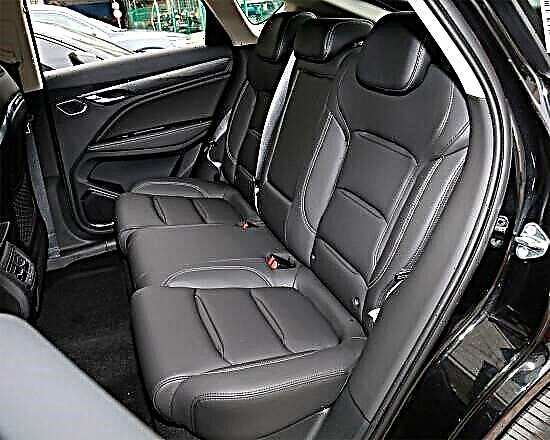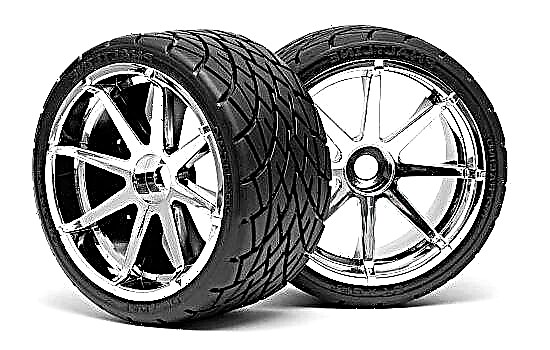Sales of low-profile rubber are growing at rather impressive volumes every year, especially in summer. Basically, low-profile tires are purchased for the purpose of tuning a car and often motorists make a blind purchase, completely unaware of what positive and negative qualities are inherent in a low profile. In this article, we want to acquaint you with both sides of the coin in order to help you finally decide on the question: do you need low-profile tires for you, or can you do without it? So let's get started.
What is low profile rubber?
To begin with, you should generally figure out what rubber with a low profile is and when it was invented. The first wheels with low profile tires appeared in 1937, when the French company Michelin proposed a new version of rubber for racing cars. However, there were attempts to use a low profile on ordinary roads, but their quality at that time was so terrible that this idea was abandoned for many decades and returned to it only in 1978 at the suggestion of the Italian company Pirelli.

To determine if the tire is low profile, you need to look at the tire markings, which look something like this - 225/55 R16, where R16 is the diameter of the rim for which the tires are intended, 225 is the width of the tire in millimeters, and 55 is the percentage of width. tires and the height of its profile, which is most often referred to as a series. It is according to the last parameter that the type of rubber is determined, which can be standard (standard), low-profile (performance) and sports (high performance). At the moment, it is customary to refer to low-profile tires as tires, the series of which does not exceed 55, although 20-30 years ago, tires of the series not exceeding 70 belonged to the low profile. But time passes, technologies develop, and the profile becomes lower, so when choosing new low-profile tires should be repelled precisely from the 55 series and less.
The pluses of low profile rubber.
Now let's talk about the pros. The main advantage of low-profile rubber comes from its racing origins, because it gives the car a sporty character. Due to the wider tires, the car is more stable, not prone to lateral sway and better controllability, even with high-speed cornering and sharp maneuvers on the track. In addition, the increased contact area of the low profile rubber allows for better traction and braking performance than with standard tires. It is also worth noting that, complete with light-alloy wheels, low-profile rubber provides a reduction in wheel weight, which favorably affects the dynamic characteristics of the car. And, of course, the aesthetic component, because wheels with a low profile of tires look much more attractive in terms of design.
Cons of low profile rubber.
However, not everything is as smooth as it seems, low-profile rubber has a number of significant drawbacks. The main one is very relevant for Russian road conditions. The fact is that low-profile tires are very sensitive to the quality of the roads and fail rather quickly, without reliable protection from impacts against stones, the edges of road pits and other irregularities. In addition, low profile tires often have much weaker sidewalls than standard tires, which is fraught with frequent side cuts, punctures and hernias. Reduce low-profile tires and ride comfort, because due to the low profile, most of the load falls on the car's suspension, increasing its "shaking", the wide contact patch produces more noise, and all the unevenness of the road surface is sent to the steering wheel. Do not forget about the need to apply great effort when maneuvering at low speeds, so low-profile tires are not suitable for cars without a good power steering. Another significant disadvantage of wheels with a low profile is the increased thrust for aquaplaning, since it is much more difficult to remove water from a wide contact patch. And the last negative point associated with low-profile tires is the high cost of both the tires themselves and their repair. We also note that not every tire workshop has the equipment necessary for servicing low-profile tires.
Features of the operation of low-profile rubber.
Low-profile rubber, due to the above-described shortcomings, is rather short-lived, and therefore, to extend its life, you should remember some simple things. First of all, you should not generally stop your choice on low-profile tires if your village has bad roads, since in such conditions tires may not withstand even one season of operation. If you do decide to buy, then you should regularly check the pressure in the tires, since the slightest deviations of it affect low-profile tires much more seriously than on standard tires. And, of course, low-profile tires require more accurate and careful driving, so experts do not recommend purchasing them for novice drivers.

